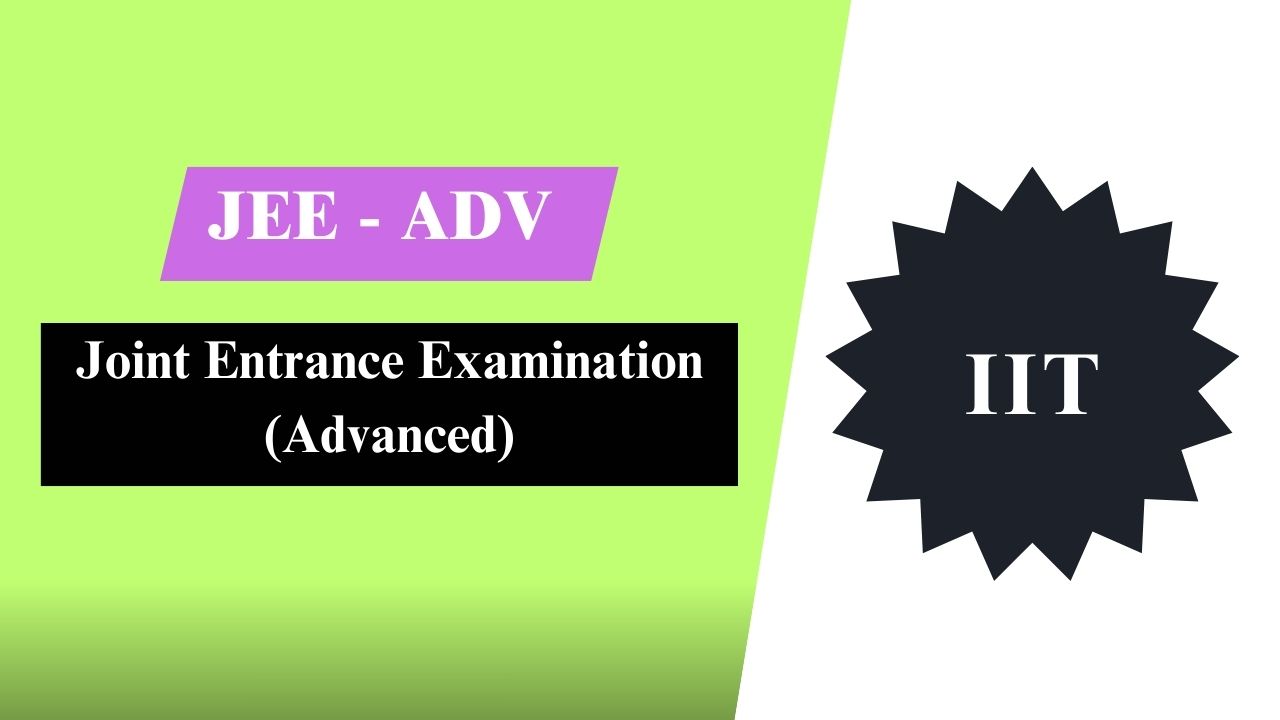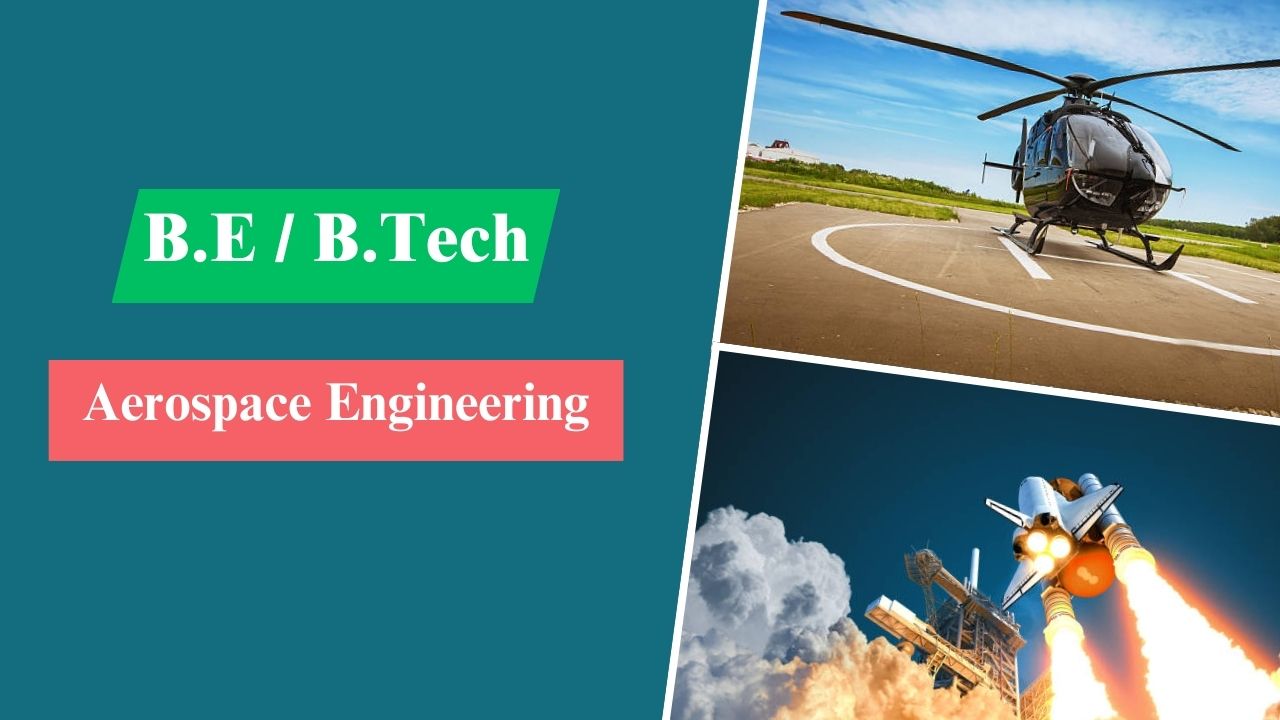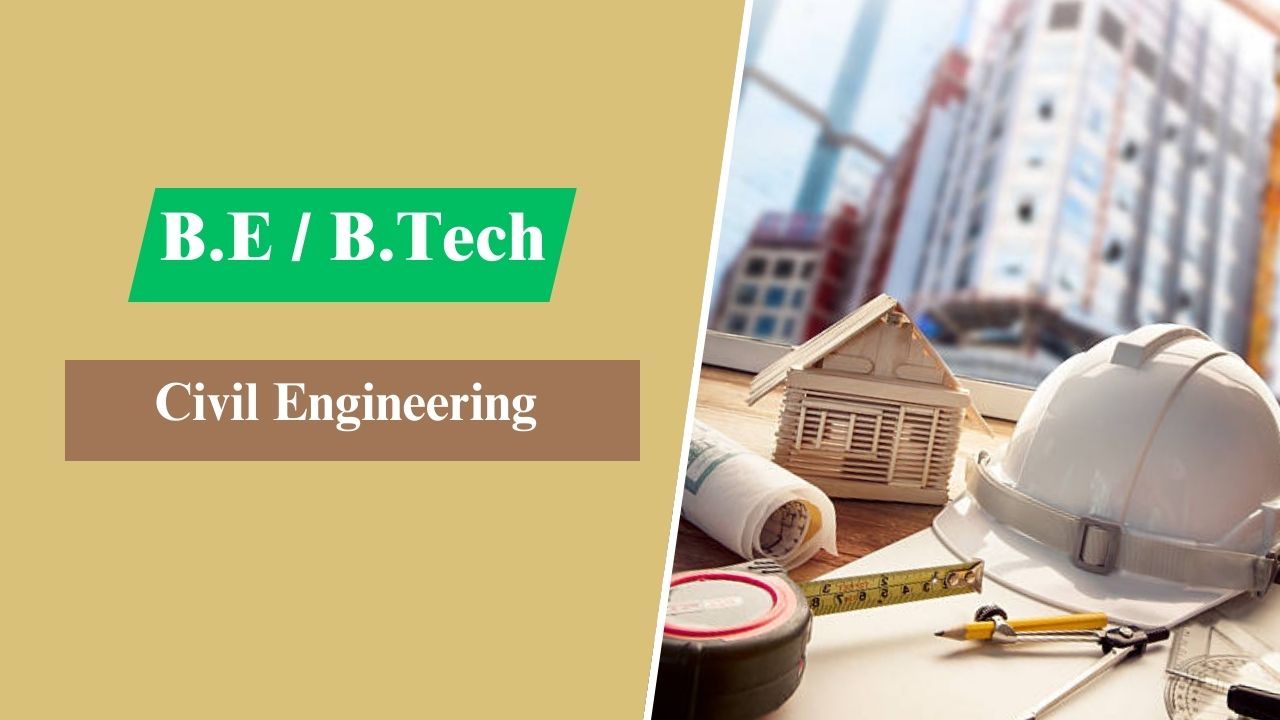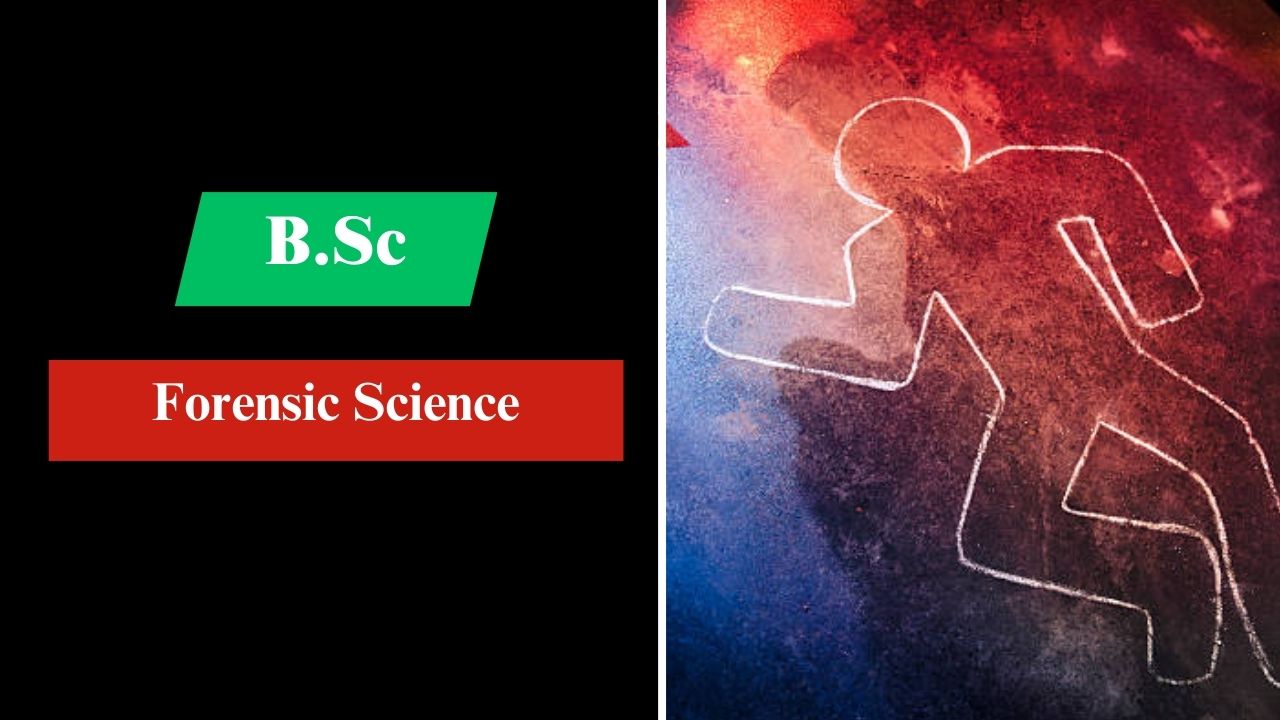What is NTA JEE Mains Entrance Exam? - Full Form, Eligibility and the Exam Pattern

What is JEE Mains?
The full name of JEE Mains is Joint Entrance Examination Mains. It is one of the most popular national level engineering entrance exams in India. This exam is the first stage of JEE, which is conducted twice a year by the National Testing Agency (NTA). It is an undergraduate entry level engineering entrance exam through which talented candidates are admitted to top government engineering colleges in India, such as NIT (National Institute of Technology), IIIT (Indian Institute of Information Technology) and central and state GFTI (Government Funded Technical Institutes) for undergraduate programs like B.Tech or BE.
JEE Mains Papers Types
There are total three types of papers in the JEE Mains exam, which are organized according to the choice of the students and the course they have chosen. The objective of each paper is to select suitable candidates for admission to different courses.
1. Paper 1 - For BE/B.Tech
This paper is for those students who want to take admission in BE or B.Tech course in Engineering. Admission to NITs, IIITs, GFTIs is based on the score of this paper and it also determines the eligibility for JEE Advanced.
2. Paper 2
A. Paper 2 (A) - For B.Arch (Bachelor of Architecture)
This paper is for those students who want to pursue a career in architecture. This paper gives admission to B.Arch course in NITs and other architecture colleges.
B. Paper 2 (B) - For B.Planning (Bachelor of Planning)
This paper is intended for students who wish to study urban planning or related fields. This paper gives admission to B.Planning course.
JEE Mains Exam Summary
| Details | Information |
|---|---|
| Exam Name | JEE Main Entrance Exam |
| Full Form | Joint Entrance Examination - Main (JEE Main) |
| Conducting Body | National Testing Agency (NTA) |
| Purpose | Admission to undergraduate engineering programs in NITs, IIITs, GFTIs and other institutions |
| Target Audience | Aspiring undergraduate engineering students |
| Exam Level | National |
| Frequency | Twice a year |
| Application Mode | Online |
| Official Website | Website |
JEE Mains Eligibility Criteria
- Education Qualification: Candidates must have passed at least 10+2.
- Age limit: No age limit.
- Number of Attempt: Maximum 3 attempt.
- Nationality: Indian
- Subjects requirement: PCM (Physics, Chemistry, Mathematics).
JEE Mains Exam Pattern
The JEE Mains exam pattern is decided by the National Testing Agency (NTA). This exam is computer based. There are mainly three papers in JEE Main. The information about the exam pattern of these papers is given below.
1. JEE Mains Paper - 1 (B.E. and B.Tech)
JEE Mains Paper 1 is designed for admission to B.E. and B.Tech programs. This paper is a computer-based test (CBT) that assesses the candidates understanding and application of fundamental concepts in Physics, Chemistry and Mathematics. The paper includes multiple-choice questions (MCQs) and numerical questions, where candidates are required to solve problems, apply formulas and analyze situations.
| Mode of Exam | Computer-based test (CBT) |
| Subject |
|
| Duration of Exam | 3 hours |
| Type of Question | Multiple Choice Questions (MCQ) + Numerical Value Question |
| Number of Question subject wise |
|
| Total Question | 90 |
| Subject wise marks |
|
| Total Marks | 300 |
2. JEE Mains Paper - 2
A. JEE Mains Paper - 2A (B.Arch)
JEE Mains Paper 2A is for candidates seeking admission to the B.Arch (Bachelor of Architecture) program. This program focuses on the design, planning and construction of buildings and structures. Paper 2A consists of three sections:
- Mathematics: The mathematics section involves solving problems related to algebra, calculus and geometry.
- Aptitude Test: The aptitude test section tests spatial reasoning, the ability to visualize 2D and 3D shapes and an understanding of architectural design concepts.
- Drawing Test: The drawing test section evaluates the candidate's sketching skills, creativity and ability to graphically present ideas.
| Mode of Exam |
|
| Subject |
|
| Duration of Exam | 3 hours |
| Number of Question subject wise |
|
| Total Question | 82 |
| Subject wise marks |
|
| Total Marks | 400 |
B. JEE Mains Paper - 2B (B.Planning)
JEE Mains Paper 2B is designed for candidates seeking admission to the B.Planning (Bachelor of Planning) course. This course emphasizes urban and regional planning, land development and the management of city and infrastructure development. Paper 2B also consists of three sections:
- Mathematics: The Mathematics section assesses the mathematical skills required for planning including problem-solving in geometry and algebra.
- Aptitude Test: This section evaluates spatial reasoning, interpretation of planning related concepts and understanding of land use and urban development.
- Planning Test: The Planning Test assesses the candidates understanding of planning, design and analytical reasoning.
| Mode of Exam | Computer Based Test (CBT) |
| Type of Question | Multiple Choice Questions (MCQ) |
| Subject |
|
| Duration of Exam | 3 hours |
| Number of Question subject wise |
|
| Total Question | 105 |
| Subject wise marks |
|
| Total Marks | 400 |
JEE Mains Selection Process
Students can get admission in government engineering institutes like NITs, IIITs, and GFTIs through JEE Mains exam. Its selection process is completely based on merit and counseling system.
- NTA releases the answer key a some days after the JEE Mains exam concludes.
- If any candidate feels there is a mistake in the answer key, they can challenge that particular question for which there is a fixed time and a per question fee.
- After reviewing all the challenges, NTA releases the final answer key, where candidates can verify their final scores.
- After the final answer key NTA declares the result, which includes the candidates percentile score, All India Rank (AIR) and category.
- After JEE Mains result based on the rank candidates become eligible for counseling through the Joint Seat Allocation Authority (JoSAA). JoSAA conducts centralized counseling for admission to NITs, IIITs and CFTIs, where candidates have to fill in details of their preferred college and academic program.
- During counseling candidates are allocated seats based on their choice preferences after each counseling round.
- Once the seat is allocated the candidate is notified via their registered email or SMS.
- After seat allocation the candidate must pay the seat acceptance fee for the allotted seat.
- After seat acceptance and fee payment candidates must report to the allotted institute for document verification.
JEE Mains Facts
The Joint Entrance Examination (JEE Mains) is one of the most prestigious engineering entrance exams in India, but do you know how it started? Here below are some important and historical information related to JEE Mains.
- JEE Mains was earlier known as AIEEE (All India Engineering Entrance Examination): AIEEE was started in 2002 by CBSE (Central Board of Secondary Education).
- JEE split into two parts in 2013: In 2013, the Government of India split the AIEEE into two parts with the aim of making the engineering admission process simple and transparent, the first part being JEE Main for admission to NITs, IIITs, and GFTIs and the second part being JEE Advanced for admission to IITs only.
- Conducted by CBSE till 2018, now by NTA: Till 2018 JEE Mains was conducted by CBSE. But from 2019, this responsibility was handed over to the National Testing Agency (NTA). NTA now conducts JEE Mains twice a year as Computer Based Test (CBT).
- One of the most heavily attended exams: Around 10 to 12 lakh students appear for JEE Mains every year, making it one of the most competitive exams in India.
- The first step of admission in IIT is JEE Mains: After clearing JEE Mains, students are eligible to give JEE Advanced, which is required for admission in IIT.
- Exam in 13 languages: JEE Mains is now available in English, Hindi and 11 other regional languages.
- The door is also open to some foreign students: Overseas Indian students (NRI/PIO/OCI) can also take admission in institutes like GFTI in India through JEE Mains.
- Examination Centers in Saudi, Nepal and other countries: NTA has also set up foreign centers for JEE Mains for some years, so that NRI students can also participate in this examination.
- There is a difference between 100 percentile and AIR 1: Many times more than one student scores 100 percentile, but still only one gets All India Rank 1, which is decided on the basis of tie-breaking rules.
- Class 12th marks are no longer included in merit: Before 2017, 12th marks were counted in merit, but now only JEE Mains score is used for ranking.
- Many startups inspired by JEE Mains have started: Many EdTech companies like BYJU'S, Physics Wallah started by coaching JEE students, which today are working at global level.
JEE Mains Advantages
- National Level Acceptance: JEE Mains is a national level exam and its scores are recognized across all India level. This exam is different from state entrance exams. Through JEE Mains candidates are eligible for admission in prestigious government and private colleges at the national level.
- Multiple Attempts in a Year: Students can appear for JEE Mains twice a year (January and April sessions), which increases their chances of performing well and securing a better rank.
- Scholarships and Financial Aid: Many institutes that offer admission through JEE Mains provide scholarships or financial aid to deserving students based on their exam performance.
JEE Mains Disadvantages
- Intense Competition: The JEE Mains exam attracts lakhs of candidates every year making the competition very tough.
- Limited Number of Seats: Despite the large number of students appearing for JEE Mains exam, the number of seats in top colleges like NITs and IIITs is limited, meaning only a small percentage of candidates can secure admission.
Quick Links
- Common Admission Test (CAT) Exam
- Central Teacher Eligibility Test (CTET) Exam
- IISER Apptitude Test (IAT) Exam
- JEE Advanced Exam
- JEE Mains Exam
- National Entrance Screening Test (NEST) Exam
- National Talent Search Examination (NTSE) Exam
- RRB Junior Engineer (JE) Exam
- RRB Non-Technical Popular Categories (NTPC) Exam
- SBI Junior Associate (Clerk) Exam
- SBI Probationary Officer (PO) Exam
- Staff Selection Commission Combined Graduate Level (SSC CGL) Exam
- Staff Selection Commission Multi Tasking Staff (SSC MTS) Exam
- SSC CGL Assistant Audit Officer (AAO)
- SSC CGL Assistant Enforcement Officer (AEO)
- SSC CGL Assistant Section Officer in Central Secretariat Service (ASO in CSS)
- SSC CGL Assistant Section Officer in Ministry of External Affairs (ASO in MEA)
- CBI Sub Inspector (SI)
- SSC CGL Central Excise Inspector
- Indian Administrative Service (IAS)
- SSC CGL Income Tax Inspector (ITI)
- SSC CGL Junior Statistical Officer (JSO)
- SSC CGL Preventive Officer (PO)
- RRB NTPC Railway Station Master
- BE/BTech Aerospace Engineering Course
- Bachelor of Business Administration (BBA) Course
- Bachelor of Computer Applications (BCA) Course
- Bachelor of Commerce (B.Com) Course
- Bachelor of Computer Science (BCS) Course
- Bachelor of Hotel Management (BHM) Course
- Bachelor of Science in Biotechnology (BSc Biotechnology) Course
- Bachelor of Science in Chemistry (BSc Chemistry) Course
- Bachelor of Science in Forensic Science (BSc Forensic) Course
- Bachelor of Science in Microbiology (BSc Microbiology) Course
- Bachelor of Science in Nursing (BSc Nursing) Course
- BE/BTech in Civil Engineering Course
- ITI Computer Operator and Programming Assistant (COPA) Course
- ITI Cutting & Sewing (Tailoring) Course
- ITI Electrician Trade Course
- ITI Electronic Mechanic Course
- ITI Fitter Trade Course
- ITI Hair & Skin Care (Beautician) Course
- ITI Digital Photography Course
- ITI Plumber Course
- ITI Surveyor Course





